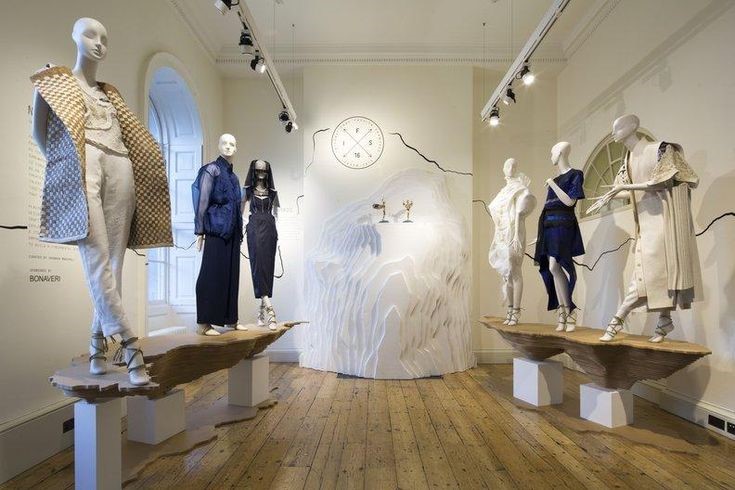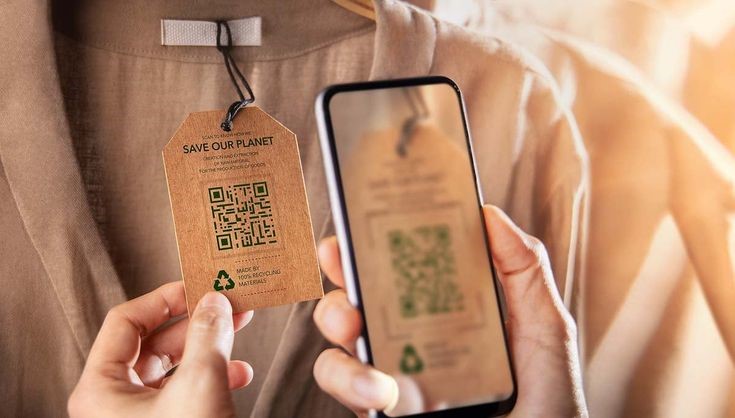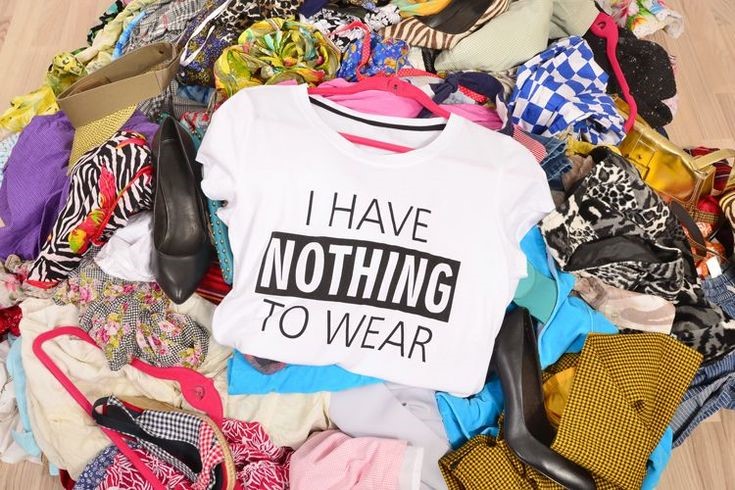Manufacturing is a very responsible and important stage in the production process. When a business starts or a brand is born, it has to be prepared with a proper plan for a smooth and efficient production process. When you enter the fashion industry, a brand should be clear and decide about the way of manufacturing and will be choosing a fashion manufacturing model for the production of apparel. One is fast fashion manufacturing, which is fast-paced and inspired by trends. And another one is slow fashion manufacturing, which uses sustainable production strategies. Thus it is fast vs slow fashion for brands. And it is important to choose the right model before production begins.
Following factors can give you a clear vision about right model for your business

image credit: pinterest
→ Advantages Of Fast Fashion
While choosing a fashion manufacturing model, brands can consider how fast fashion is about rapid and fast responses to market demands and trends. It starts the production process as soon as possible to meet the consumer demands quickly, or else it will affect their demand and supply timeline. They take this as business manufacturing decisions. Fast fashion manufacturing provides higher potential for sales because of the frequent changes in trends and new arrivals. The production cost is low because the fabric sourced costs them little. Hence, they are able to provide it to consumers at affordable prices. Thus, it attracts the younger generation and creates a consumer base for them.
→ Disadvantages Of Fast Fashion
Fast fashion production causes a negative impact on the environment due to waste generated because of early disposals from consumers in order to buy new arrivals. This factor should be remembered by brands while choosing a fashion manufacturing model. This leads to overconsumption and overproduction too. While the disposal ends up in land fields. Because of cheap labor practices used for the production process, it does not practice ethical fashion business, and most of the brands come under the radar of environmental organisations. They use cheap-quality fabric for apparel production, which may lead to dissatisfaction after a point over quality.

image credit: pinterest
→ Ideal For
While choosing a fashion manufacturing model, one should find out if the model is ideal for their brand or not. If the brand owners want to be a part of trend-driven markets, fast fashion manufacturing is their ideal match. They might want early and quick turnarounds in investment and good profit. According to business manufacturing decisions, this is suitable for brands if thinking from an economical perspective. It is also preferred by startups, as they do not want to take many risks and create a quick market presence and earn early.
→ Advantages Of Slow Fashion
Slow manufacturing helps to create strong brand loyalty towards their brand because of its ethical fashion business and sustainable production strategies. They also earn high profit margins over every piece of production. This increases their profitability rate and conversion margin. They also create a positive image because of their environmentally friendly production process that causes no harm to the environment. And creates goodwill because of following rules and regulations that focus on sustainability and should be considered while choosing a fashion manufacturing model.

image credit: pinterest
→ Disadvantages Of Slow Fashion
Slow manufacturing does not focus on market trends by any chance, and even if they try, it is a slow response, unlike fast fashion. While choosing a fashion manufacturing model, one should also consider that the produced apparel often costs a lot in slow fashion. Thus making it unaffordable for many. It hence has limited market reach. It requires a well-concentrated target market and audience who understand and are aware of sustainability according to business manufacturing decisions. This is also consumed by those who have high purchasing power.
→ Ideal For
It is ideal for manufacturers and brands that are ready to adapt sustainable production strategies and have the necessary requirements to fulfill the demand. As it mainly concentrates on sustainability and ethical fashion business and values. It does not focus much on annual turnovers and profitable margins. It is for brands that are aiming to create a niche market. And wants to create apparel for people who focus on quality over quantity. This ideal point should be focused on while choosing a fashion manufacturing model.

image credit: pinterest
How to Choose the Right Module:
1. Understand Your Target Market
While choosing a fashion manufacturing model, it is important for manufacturers to conduct research. This helps to know consumer preferences and thus helps to leverage the data for a good analysis. They should understand and make a note about the target audience, whether they are more price-sensitive or want to practice sustainability. Hence it is about fast vs slow fashion for brands and consumers.
2. Assess Your Brand Values
According to business manufacturing decisions, brands should be clear about their brand values and what identity they want to create. Thus, while choosing a fashion manufacturing model, you should select according to the brand’s core values. Because a consumer wants their brand to be authentic and real about its beliefs and values. It creates a wrong impression if they do not stay true to their core values.

image credit: pinterest
3. Analyse Cost And Pricing
Manufacturers and brands should be ready with their budget plans while choosing a fashion manufacturing model. This helps to provide them with an approximate estimation for the production process according to resources, technology being used, workforce, and other factors. They should calculate all the cost implications of each stage of the production module. And then decide your budget and pricing strategy.
4. Test And Adapt
While choosing a fashion manufacturing model, brands and manufacturers should start with a hybrid model practice. This gives them a real-time perspective of the production process. And there will be no fast vs slow fashion for brands at least. They can use elements from both models. And create a correct balance between slow and fast manufacturing. The response in the initial stages would give an idea about the accurate model according to your will. And hence will let you adapt the right model based on market response and brand preferences.

image credit: pinterest
How Does Maker’s Row Help You Decide?
It is a very complicated and important factor for new startups or businesses to select the right path. One wrong decision might imbalance the whole situation. For such dicey situations, the solution is Maker’s Row. The platform helps you navigate through the industry with an accurate amount of support and guidance from efficient experts. They also introduce you to the right manufacturers and factories that understand your requirements and ideas and thus help you with the services required. Thus considering your situation and guiding with the needed advice and help.
Conclusion
There are advantages and disadvantages in both models, be it slow manufacturing or fast fashion manufacturing. It depends on brands and business owners decision levels and understanding while choosing a fashion manufacturing model. They should balance ethical fashion business and also consider sustainable production strategies. It also depends on other factors, such as brand values, investment, and returns in business, to make a conscious decision and consider all the above factors. It should not become a burden or wrong decision for the future and be managed for a successful future of the brand.
You Can Read More..
